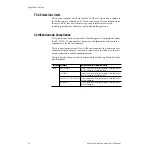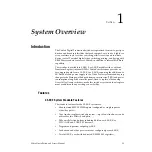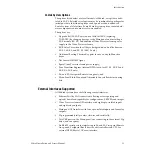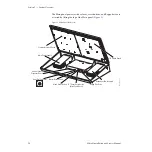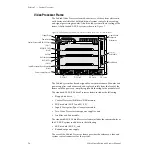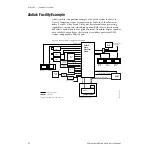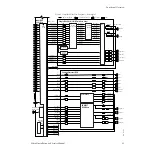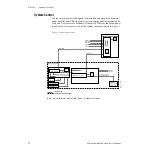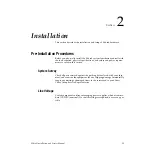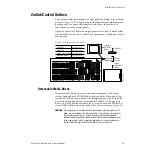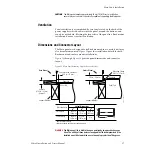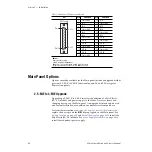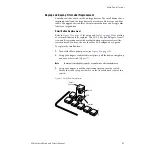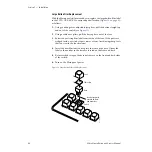
Zodiak Installation and Service Manual
29
Functional Overview
Functional Overview
Video Signal Flow
The basic system architecture (
) of the Zodiak system has been
designed for operational flexibility. For example, all the outputs from every
M/E and the PGM/PST are routed back to the video crosspoint matrix,
making all these signals accessible to the entire system.
The 2.5-M/E system has two full M/Es and a PGM/PST with DSK. The
3-M/E system has three full M/Es in addition to three simple DSKs and the
ability to link DSK keys to any M/E.
The 64 video inputs to the Video Processor frame can be mapped to any of
the 46 crosspoint buttons (23 unshifted and 23 shifted sources). Internally-
generated black and two backgrounds are also available sources, as are the
four Still Store outputs. This source-to-button mapping is done through a
touch screen menu and can be stored as a user profile for any number of
individual users. Button mapping is the same on all buses.
The selected video on each bus is deserialized and reclocked before
entering the video processing circuitry. Video processing is available for
each separate M/E background, Key, and Utility bus, providing built-in
solarization, posterization and mosaic effects. In addition, contrast, bright-
ness, and hue can be adjusted on a bus-by-bus basis.
Each full M/E has four full-function keyers with optional internal Trans-
form Engine effects. Each keyer has access to its own simple wipe generator
as well as a pair of standard floating chroma keyers which may be assigned
to any keyers in the system. Two complex wipe generator serve each M/E,
providing a wide range of wipe choices with modulation, rotation and
multiplication of each one. Wipe signals can also be taken from the Utility
bus on each M/E.
The outputs from each M/E Program and Preview are fed to dedicated
BNCs and sent back to the crosspoint circuitry for reentry selection in the
other M/Es. Either Program/Preset output can be programmed as a clean
feed output or with any combination of DSK 1, 2 and 3 keyers active.
Nine Aux buses are available in the 2.5-M/E system; thirteen in the 3-M/E
system. The Aux bus outputs can be utilized in a number of ways,
including configuration as Effects Send pairs for interfacing to external
digital effects systems.




